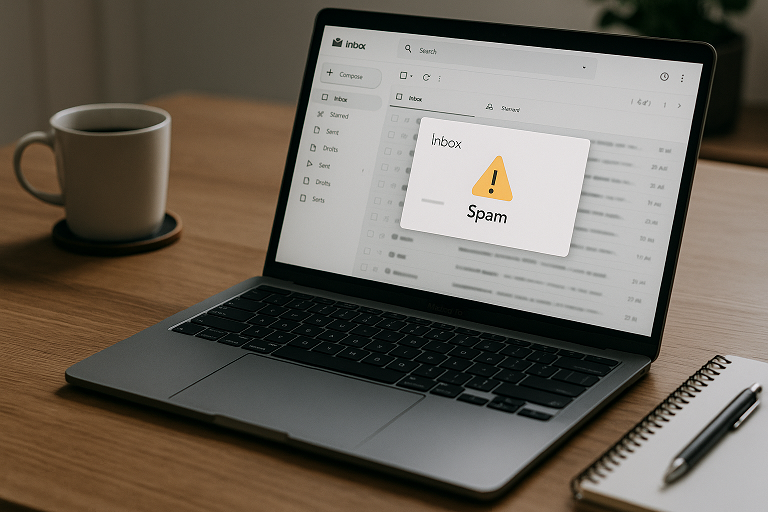Are you sending emails and no one is receiving them? Do your messages keep ending up in the spam folder? You’re not alone, this is one of the most frustrating issues for both businesses and individuals.
At one point in my career, I managed the domains and email servers for more than 300 top hotels and ran an MSP that supported some very large companies. Trust me, nothing upsets an executive faster than when their email doesn’t work.
The first thing you need to know: there’s no magic bullet. Spam filtering happens on the receiving side, not yours. But there are plenty of “red flags” that your email system may be sending without you realizing it.
Common Misconceptions
Let’s get this out of the way: free providers like Yahoo, Gmail, and Outlook.com are convenient, but they are also notorious for being flagged as spam. That’s why spammers often ask you to email them first, once you do, their address gets added to a whitelist. From there, replies (even spammy ones) can bypass filters and land in your inbox.
Tools to Test Your Email Health
Two excellent (and free) tools will give you a clear picture of your email server health:
- MXToolbox
Use the “Email Health” check. Enter your email address, click submit, and review the report. Errors and warnings mean potential issues. Click “more info” to see exactly why something is flagged and how to fix it. - Mail-Tester
This tool gives you a temporary email address. Send a test email (subject and body can just be “test”), then click “check your score.” You want a 10/10 score, anything less means there’s room for improvement.
Best Practices for Avoiding Spam Filters
Before you hit send, double-check these essentials:
✅ Keep subject lines clear and relevant (4–7 words works best).
✅ Personalize when possible — even adding the recipient’s name helps.
✅ Balance text and images — avoid emails that are just one big graphic.
✅ Use professional formatting — normal sentence case, consistent fonts.
✅ Check all links — they should go to trusted, matching domains. No url shorteners.
Things to Avoid (Spam Triggers)
❌ Overused words like “FREE!!!,” “Act Now,” “100% Guaranteed,” or anything in ALL CAPS.
❌ Over-formatting — multiple fonts, bright colors, or huge bold text.
❌ Suspicious tracking pixels or scripts from unknown sources.
❌ Sending HTML-only emails with no plain-text version.
❌ Sending executable attachments (.exe, .js, .bat) — these will be blocked.
Real-World Example
I once got a call from a well-known hotel in NYC. Suddenly, all their emails were bouncing or landing in spam. After investigating, I discovered their marketing team had uploaded a giant email list from the internet and started blasting out fliers.
Because of this, the entire server got flagged. Every hotel on that server was affected. The fix? I cleaned up the main email server, then built a separate “spam server” with its own domain and IP. That way, if marketing wanted to take risks, it wouldn’t damage business-critical communications.
Final Thoughts
If your emails are going to spam, it’s usually a mix of technical configuration and user behavior. Tools like MXToolbox and Mail-Tester can give you a roadmap, but good email habits are just as important.
If you’re still stuck, don’t hesitate to ask.
LinkedIn Profile: https://www.linkedin.com/in/kennethdoerhoff/
My Resume: https://tectuma.com/Kenneth_Doerhoff_Resume.pdf
